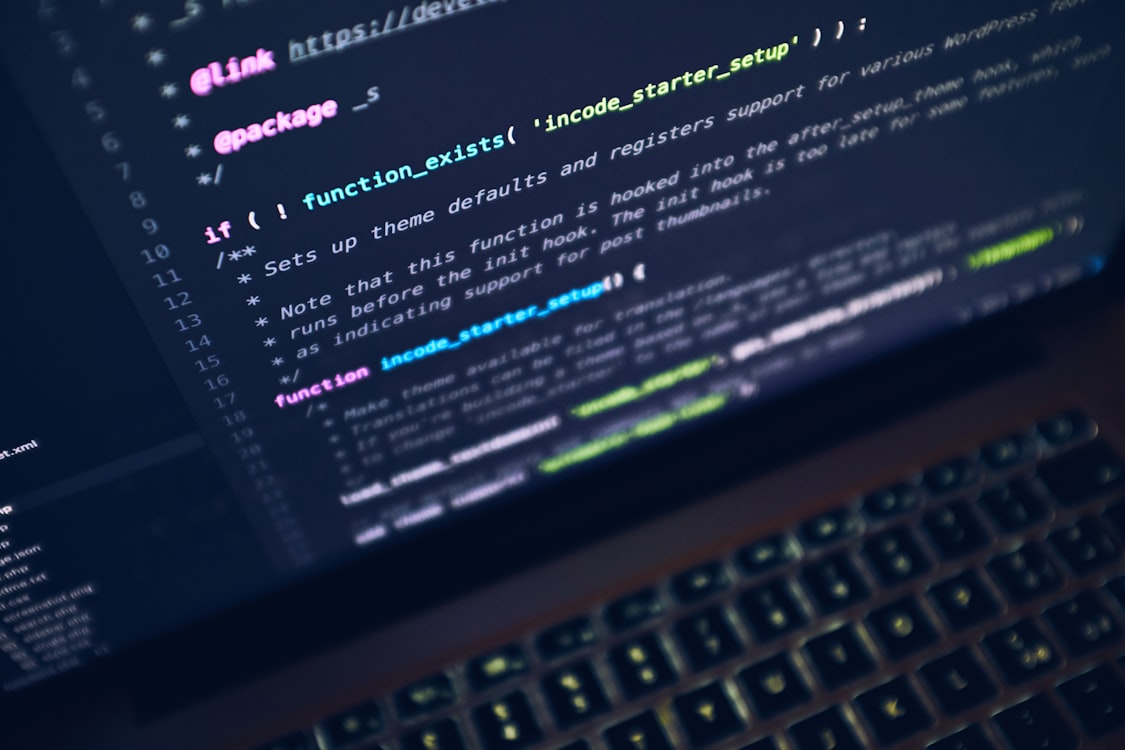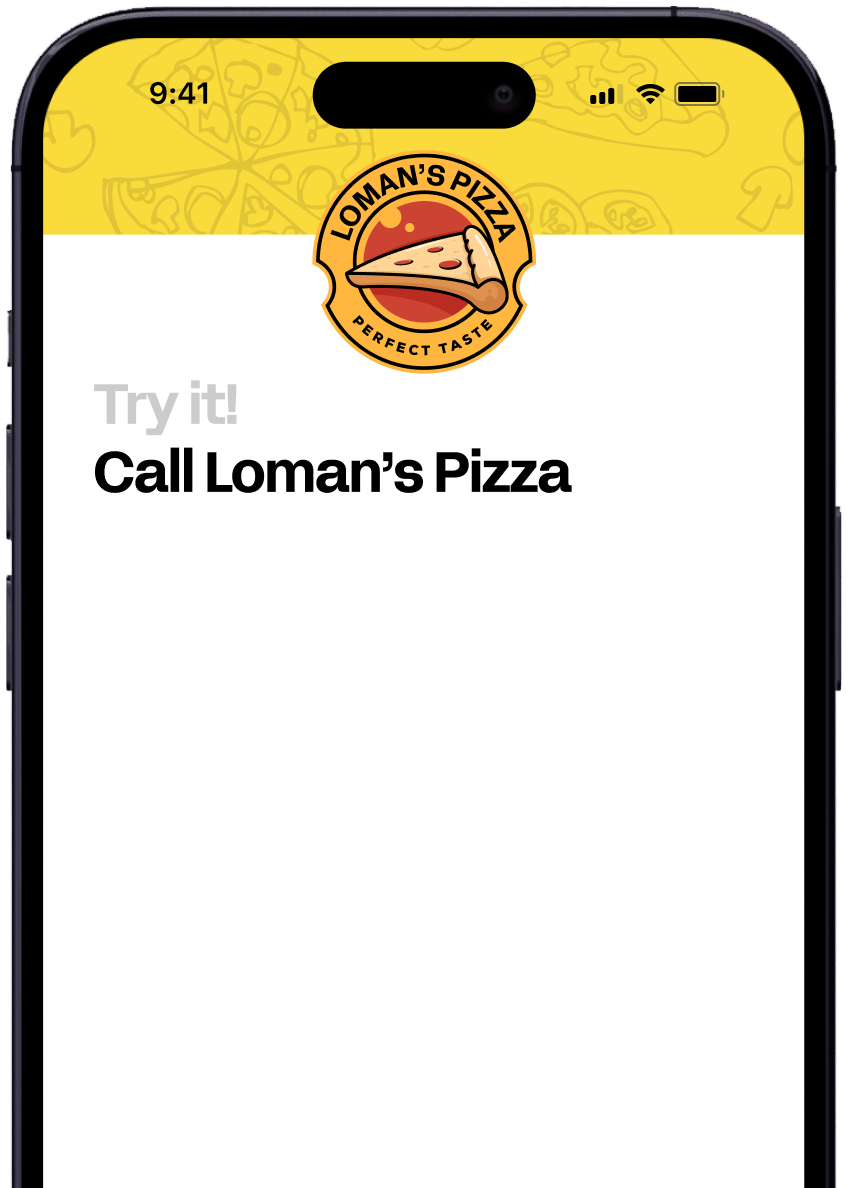March 9, 2025

Did you know that over 7,000 languages are spoken worldwide? This diversity creates unique challenges for restaurants serving international clientele. Miscommunication can lead to order errors, frustrated customers, and lost business. But there's good news on the horizon - AI is stepping up to the plate.
Restaurants are increasingly turning to advanced technology to bridge language gaps. These tools are not just translating words, but facilitating smooth interactions between staff and diners from all corners of the globe.
One of the most significant advancements in this area is the multilingual restaurant phone system. These AI-powered systems are changing the game for restaurants looking to expand their reach and improve customer service.
Here's how they work:
These features allow restaurants to handle calls in multiple languages without the need for multilingual staff. It's like having a team of interpreters on call 24/7.
The advantages of implementing AI language tools in restaurants go beyond just breaking down language barriers. They offer a range of benefits that can significantly impact a restaurant's operations and bottom line.
By eliminating language-related misunderstandings, these systems help create a more welcoming environment for international diners. This can lead to positive reviews and repeat business - crucial factors in the competitive restaurant industry.
Let's look at how AI is making a difference in real restaurant scenarios:
Phone Orders: A Chinese restaurant in New York uses an AI phone system that can take orders in Mandarin, Cantonese, and English. This has led to a 30% increase in phone orders from non-English speaking customers.
Reservations: A high-end French restaurant in Tokyo implemented an AI reservation system that handles bookings in Japanese, English, and French. They've seen a 25% rise in international reservations since implementation.
Menu Translations: A tapas bar in Barcelona uses AI to provide real-time menu translations to guests' smartphones in over 50 languages. This has resulted in a more diverse clientele and increased sales of specialty dishes.
As shown in the video above, AI is transforming various aspects of restaurant operations, including overcoming language barriers. This technology is not just a luxury - it's becoming a necessity in our increasingly globalized world.
While AI is incredibly powerful, it's important to remember that it's not about replacing human interaction. Rather, it's about enhancing it. The best AI solutions in restaurants work alongside staff, freeing them up to focus on providing personalized service and creating memorable dining experiences.
For instance, Loman.ai, an AI phone agent for restaurants, handles routine tasks like taking orders and reservations in multiple languages. This allows staff to dedicate more time to in-person customer interactions, where their human touch is most valuable.
Adopting new technology can be daunting, especially for smaller restaurants. However, many AI language solutions are designed with ease of use in mind. Here are some tips for smooth implementation:
Remember, the goal is to enhance your restaurant's operations, not complicate them. A well-implemented AI language solution should feel like a natural extension of your service.
As AI technology continues to evolve, we can expect even more sophisticated language solutions for restaurants. Some exciting possibilities on the horizon include:
These advancements promise to make dining out an even more inclusive and enjoyable experience for people from all linguistic backgrounds.
As demonstrated in the video above, AI translation technology is rapidly advancing, offering exciting possibilities for breaking down language barriers in various industries, including restaurants.
AI-powered language solutions are transforming the restaurant industry, making it easier than ever for establishments to cater to a global clientele. By breaking down language barriers, these tools are opening up new opportunities for growth and customer satisfaction.
For restaurants looking to stay competitive in an increasingly diverse market, implementing a multilingual AI system like Loman.ai could be a game-changer. It's not just about translation - it's about creating a welcoming environment where every guest feels understood and valued, regardless of the language they speak.
As we move forward, the restaurants that embrace these technologies will likely find themselves at the forefront of the industry, ready to serve a world of customers with confidence and ease.
Q: How accurate are AI translation systems for restaurants?
A: Modern AI translation systems are highly accurate, especially for common phrases and menu items. They continue to improve with use and updates.
Q: Can AI language solutions handle regional dialects and accents?
A: Many advanced AI systems are trained to recognize and adapt to various dialects and accents, though some may require additional training for very specific regional variations.
Q: How much does it cost to implement an AI language solution in a restaurant?
A: Costs vary depending on the system and scale of implementation. Many providers offer flexible pricing models to suit different restaurant sizes and needs.
Q: Do these systems require constant internet connectivity?
A: While most AI language solutions work best with internet connectivity, many can operate with limited functionality offline, ensuring continuity of service.

Enter your information in the form to receive a call from Loman and place an order like a customer would!